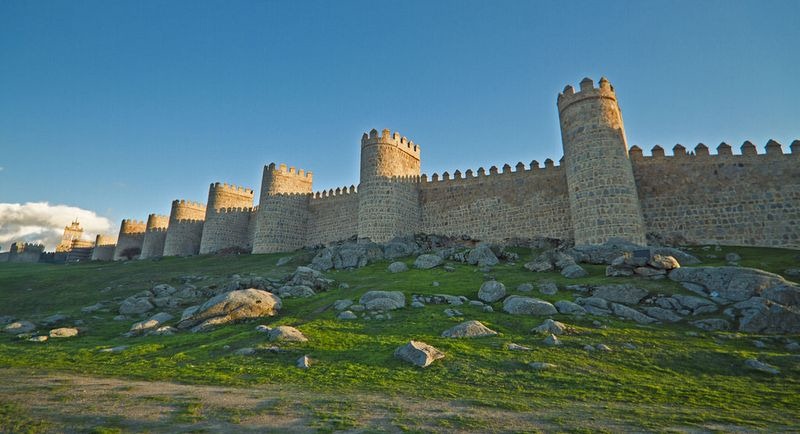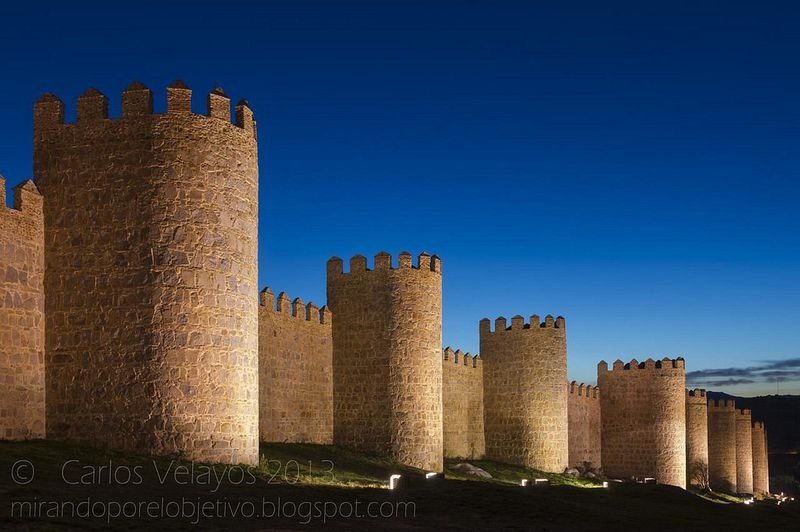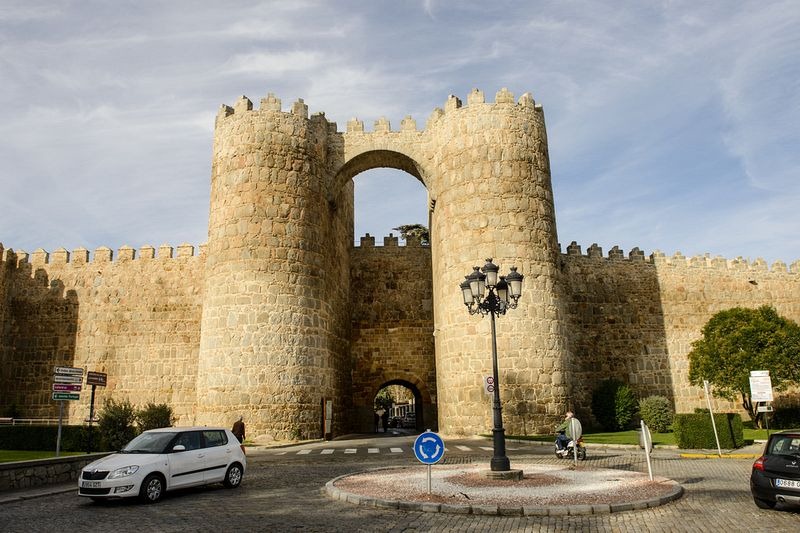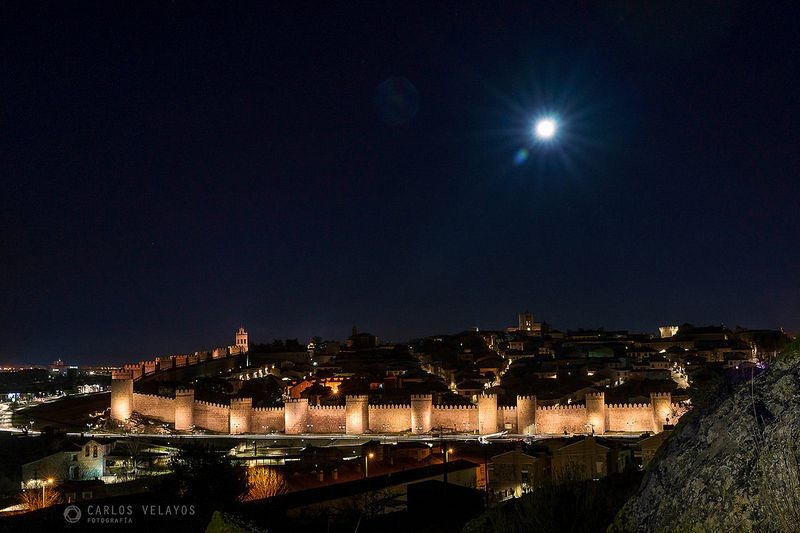The ancient city of Avila is located in central Spain, in the autonomous community of Castile and León, about 100 km to the west of Madrid. Regarded as one of the finest walled city in Europe, Avila is built on the flat summit of a rocky outcrop which rises abruptly in the middle of a vast treeless plain strewn with immense grey boulders and surrounded by lofty mountains. Its 2,500-meter long city wall is almost completely intact.
Avila was once part of the Roman Lusitania, before falling to the Arab and Berber invaders in 714 CE. For the next three and a half centuries the northern Iberian Christian kingdoms tried repeatedly to seize control of the city, but it was King Alfonso VI of León and Castile, who eventually managed to conquer the Muslims in 1088 ADE. The King immediately started building a great stone wall around Avila to protect his latest conquest from further attacks. The job was supervised by his brother-in-law, Raymond of Burgundy, who was a legendary figure himself.

Photo credit: Never House/Flickr
The walls of Avila is an impressive 2.5 km barrier of stone and granite that surrounds the city’s almost rectangular layout. The walls are up to 10 feet thick and 40 feet high, and topped by a continuous battlement rampart-walk and parapet with merlons and cernels. Protruding out from the walls are eighty-eight semi-circular defensive towers, placed at uniform intervals. The walls are punctured by eight (or nine?) entrance gates. Originally, there was a moat and a barbican outside the walls, but they no longer exist. The massive fortification was completed in less than a decade.
The area enclosed by the walls is now designated the Old Town, and contains all of the city’s historic landmarks including the Gothic cathedral, the Convent of Santo Tomás, containing the tombs of Tomás de Torquemada, who was the first grand inquisitor of Spain, and of Don Juan, the only son of Ferdinand and Isabella, and several Romanesque churches.
Today it is possible to walk upon the walls for roughly half their circumference. At night the entire circumference of the wall is lit up by yellow-orange halogen lights, making it “the largest fully illuminated monument in the world,”
The Old Town of Avila was declared a UNESCO World Heritage Site in 1985.

Photo credit: Allan Reyes/Flickr

Photo credit: jorcolma/Flickr

Photo credit: Leticia Ayuso/Flickr

Photo credit: jorcolma/Flickr

Photo credit: jorcolma/Flickr

Photo credit: itsthinking/Flickr

Photo credit: Carlos/Flickr

One of the gates. Photo credit: Son of Groucho/Flickr

Photo credit: Allan Reyes/Flickr

Photo credit: Yildori/Wikimedia

Photo credit: Son of Groucho/Flickr

Photo credit: Anual/Wikimedia

Photo credit: jorcolma/Flickr

Photo credit: Carlos/Flickr
Sources: Wikipedia / UNESCO / Architecture of Spain by Alejandro Lapunzina / Britannica



Comments
Post a Comment